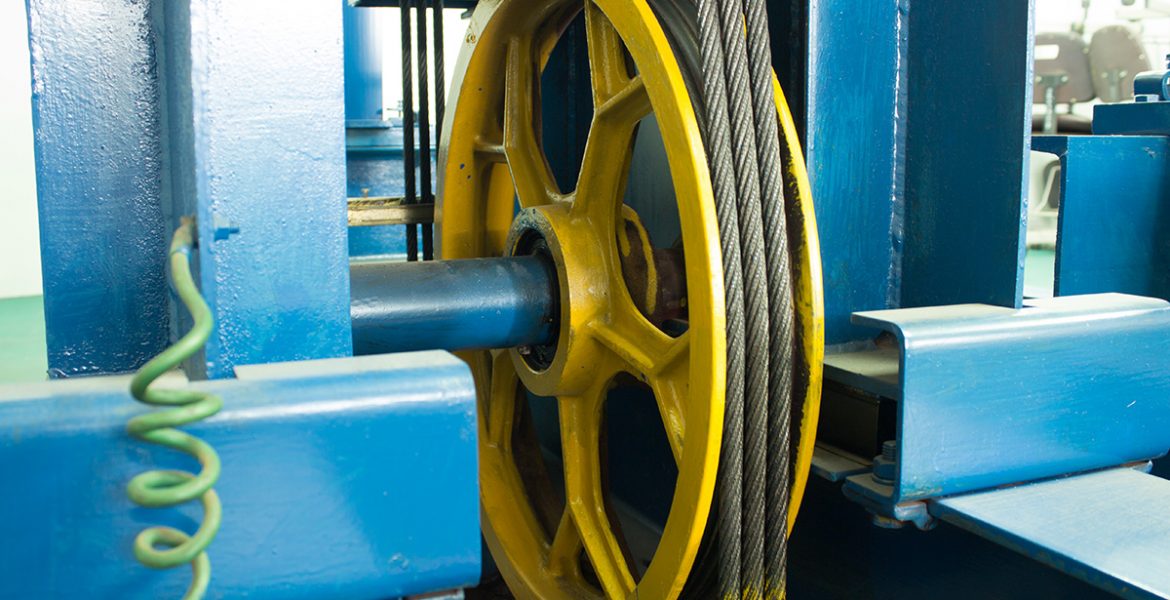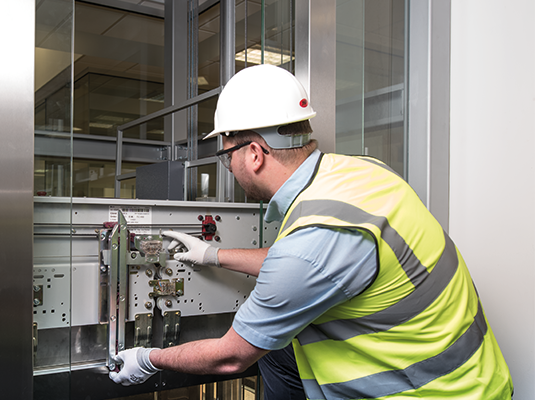A Thorough Technique to Enhancing Performance With Strategic Lift Repair Approaches
A calculated and methodical method to lift repair work and maintenance is essential to optimize efficiency and reduce downtime. By attending to usual lift problems, executing positive maintenance measures, and developing targeted repair strategies, facilities can optimize their lift systems to operate at peak performance levels.
Importance of Lift Efficiency Optimization
Understanding the significance of maximizing lift performance is important for guaranteeing trusted and reliable vertical transportation systems in various buildings and frameworks. Lifts are vital elements of modern infrastructure, giving upright movement for residents and products within structures of differing heights. By maximizing lift efficiency, building owners and center supervisors can improve customer experience, improve energy efficiency, and rise overall operational performance.
Effective lift performance optimization involves various factors, consisting of speed, ability, energy intake, upkeep, and security demands. Effectively enhanced lifts can minimize wait times for individuals, especially in high-traffic buildings, leading to boosted complete satisfaction and efficiency. Additionally, enhanced lifts add to energy cost savings by making use of sophisticated control systems and technologies that reduce power usage without endangering efficiency.

Identifying Common Lift Issues
Determining usual lift issues is crucial for preserving the operational performance and security of upright transport systems in buildings. Identifying these issues can assist prevent malfunctions, lower downtime, and expand the life-span of the lift devices. One common trouble that structure managers and maintenance teams commonly experience is uneven or jerky activities during operation. This concern can be indicative of problems with the lift's motor, control system, or perhaps the placement of the lift cars and truck.
Another common lift problem is unusual noises emanating from the lift shaft or machinery space. These noises can range from grinding or scraping audios to loud clunking sounds, every one of which may indicate underlying mechanical problems that call for immediate interest. Furthermore, regular door malfunctions, such as doors closed or closing appropriately, can interfere with the smooth flow of travelers and posture safety and security risks.
Implementing Aggressive Upkeep Actions
To maximize the efficiency and durability of lift systems, proactive upkeep procedures play a critical duty in making certain functional reliability and security. lift breakdown. Applying positive maintenance involves methodically checking, servicing, and fixing elements before they stop working, thus protecting against pricey downtime and possible security risks. On a regular basis scheduled examinations can assist determine minor problems prior to they rise into significant issues, eventually extending the lifespan of lift systems
One trick element of proactive upkeep is creating a thorough upkeep timetable based on supplier recommendations and sector ideal practices. This routine should lay out tasks such as lubrication, alignment checks, and element substitutes at specified periods. In addition, this link carrying out condition surveillance techniques, such as vibration evaluation and thermal imaging, can help spot very early indicators of wear or malfunction.
Moreover, training maintenance team on appropriate examination techniques and precautionary maintenance treatments is vital for the effective implementation of positive upkeep steps. By visit this page cultivating a culture of positive upkeep within an organization, lift systems can run at peak performance degrees, minimizing interruptions and making certain the safety of customers.
Developing Targeted Repair Plans
Upon evaluating the maintenance records and performance information, the engineering group can establish targeted repair work plans to optimize and address details concerns lift system performance. These repair service strategies are tailored to the identified issues, making certain that resources are focused on dealing with vital issues effectively. By prioritizing repairs based upon their influence on performance and safety and security, the targeted repair service strategies assist decrease downtime and upkeep expenses while making the most of the lift system's reliability.
Creating these plans involves a comprehensive analysis of the lift system elements, consisting of electric motors, cords, brakes, and control systems. Through this thorough evaluation, the engineering team can determine the origin of any kind of malfunctions or destruction in efficiency. This info is after that utilized to develop a roadmap for the repair service process, laying out the needed steps, timeline, and sources required to resolve each concern successfully.
Furthermore, targeted fixing plans might include preventative procedures to enhance the lift system's long life and efficiency. By proactively attending to prospective issues prior to they rise, these plans add to the overall performance and security of the lift system.
Making Use Of Data-Driven Insights
Taking advantage of the power of data-driven understandings is crucial in optimizing lift system performance and maintenance efficiency. These predictive maintenance approaches assist avoid unforeseen malfunctions, minimize downtime, and expand the lifespan of lift systems.

Conclusion
Finally, enhancing lift efficiency is important for making certain efficiency and safety in buildings. By determining typical lift problems, carrying out aggressive upkeep actions, developing targeted repair work plans, and using data-driven insights, organizations can enhance performance and minimize downtime. It is very important to take an extensive approach to lift repair service methods to take full advantage of operational efficiency and ensure the longevity of lift systems.
By addressing common lift concerns, implementing proactive upkeep actions, and creating targeted repair strategies, centers can enhance their lift systems to operate at peak performance degrees.An additional widespread lift problem is strange sounds rising from the lift shaft or machinery room.Upon assessing the upkeep documents and performance data, the design group can establish targeted fixing strategies to resolve certain issues and maximize lift system functionality. By focusing on repair work based on their impact on performance and security, the targeted repair strategies help minimize downtime and upkeep costs while making best use of the lift system's dependability.
It is essential to take an extensive approach to raise fixing approaches to make the most of operational efficiency and make sure the longevity of lift systems.